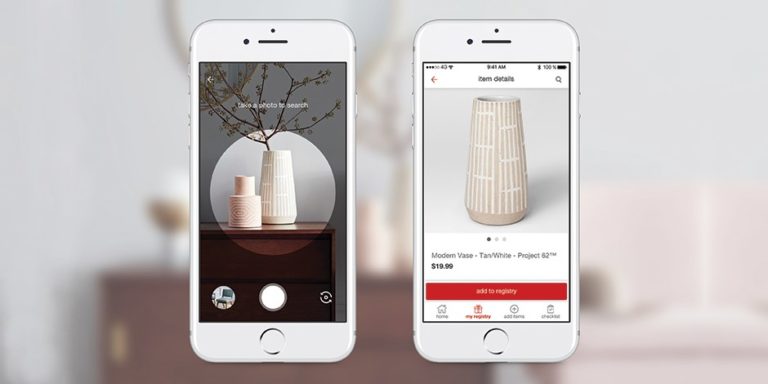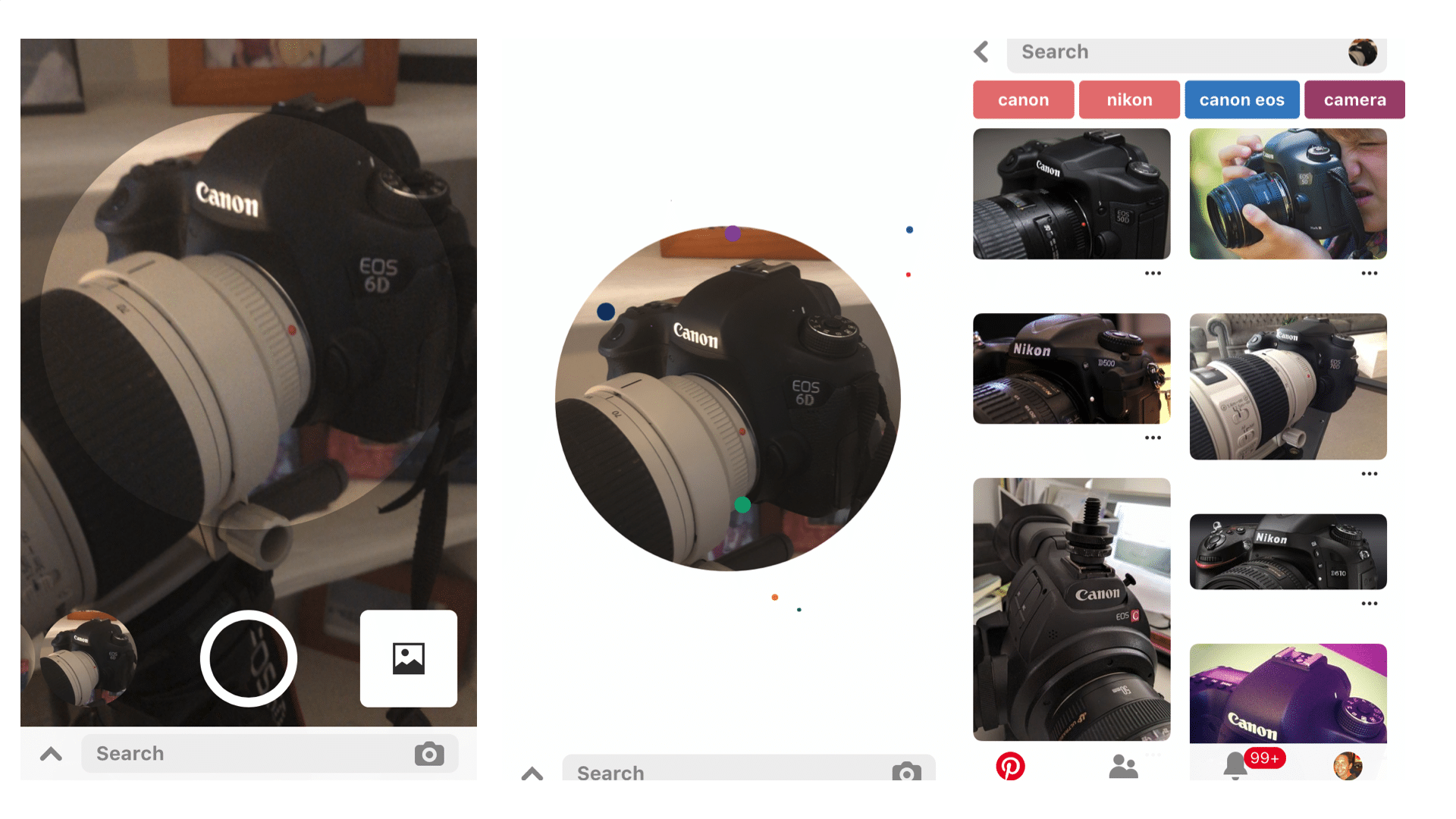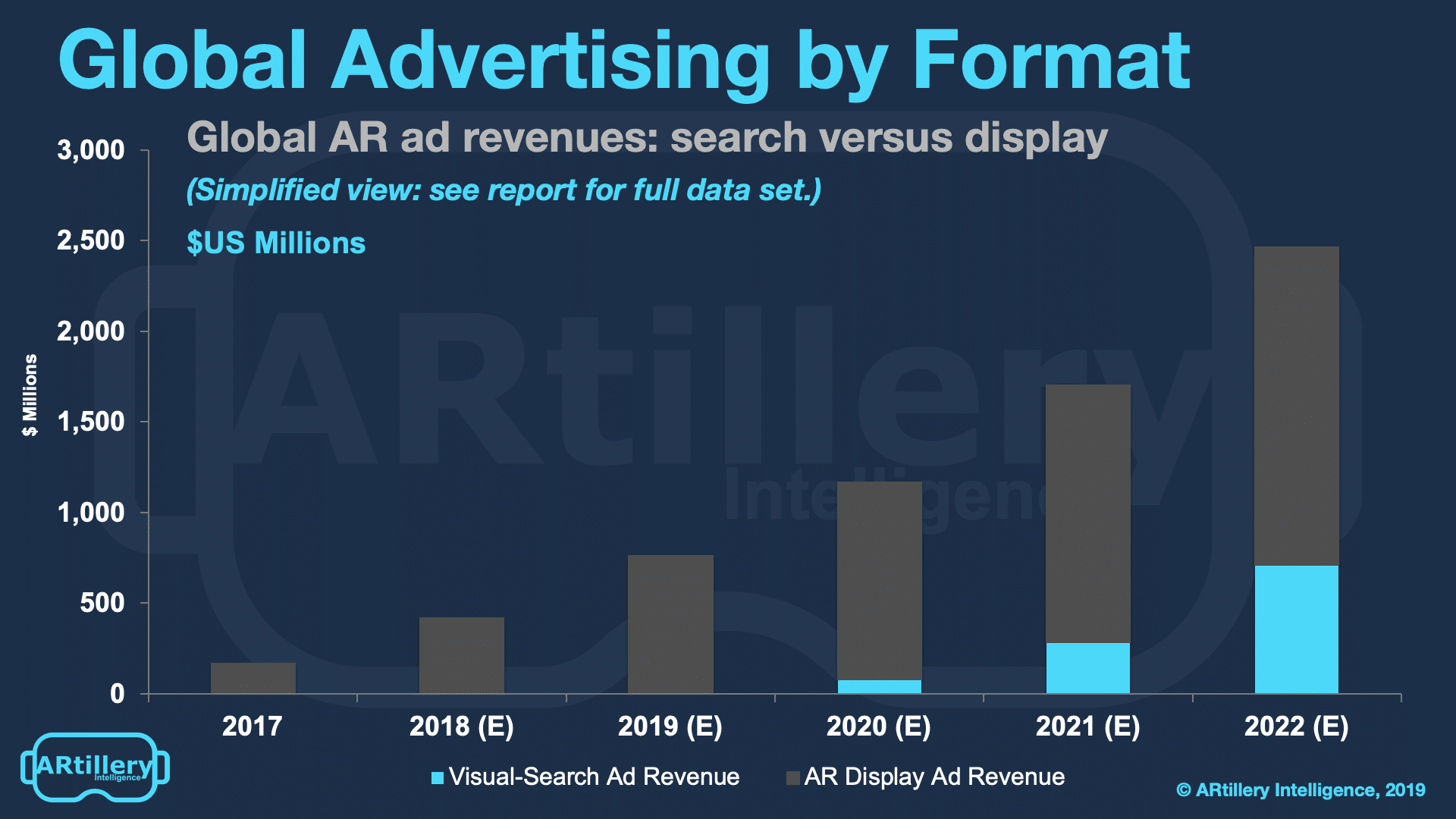
Data Point of the Week is AR Insider’s dive into the latest spatial computing figures. It includes data points, along with narrative insights and takeaways. For an indexed collection of data and reports, subscribe to ARtillery Pro.
Visual search is our top pick for AR flavor that could birth killer apps. For those unfamiliar, it’s a sort of cousin of AR that taps into computer vision and machine learning to identify items you point your phone at. To sidestep tech jargon, Google sometimes calls it “search what you see.”
Speaking of Google, it’s the front runner for visual search. It has the knowledge graph, image database (for object recognition) and other underlying tech advantages that will carry over to a visual search world. More importantly, it’s highly motivated to make visual search happen.
But another player could vie for visual search market share: Pinterest. The IPO-ready company is likewise positioned with an image database and AI chops. It has a narrower use case than Google, usually around products, but that focus happens to be in monetizable areas.
To validate that potential, it recently announced that Pinterest Lens (visual search feature) was used an average of 600 million times per month last year. Like Google Lens, users search for products using real-world objects. This is fitting to its existing product-discovery use case.

Competitive Advantage
But the real competitive advantage will be in the underlying technology to surface the best results, and it’s hard to bet against Google there. Google Lens can already recognize a billion products — a function of its machine learning, knowledge graph and years of image search.
Google and Pinterest’s respective “lenses” will co-exist for different use cases (general vs. specialized). Others will compete, such as, Snapchat which not only has an engaged “camera-forward” AR user base, but it smartly partnered with Amazon for product search results.
Another key competitive edge will be to make visual search it easier to access. Google has taken steps to place Lens front & center in its iOS app. Though we’re bullish on visual search, there are too many phone taps to activated it for a relatively early/unproven use case.
Back to visual search’s potential to germinate killer apps, we say that because it not only moves beyond fun & games to achieve true utility (what AR needs), but it’s inherently a high-frequency use case. It follows usage patterns of search itself, in both usage and monetization potential.

Business Case
Revenue models will follow the search playbook in terms of paid results. There’s enough inventory in visual search results pages (see upper image), like today’s “10 blue links” but more visual. Google can bundle visual search with AdWords, just like it did in early days of mobile search.
Speaking of mobile search, one lesson is that proximity to search subjects (e.g restaurant search when near the restaurant) can boost “intent” and key metrics like CTRs and CPCs. Visual search takes that proximity to another level, given that search subjects are literally in-view.
That’s amplified further when visual search is used in commercial contexts such as store aisles. Pinterest, again, has an underlying commercial context to most of its engagement which makes it a sleeping giant in visual search. This will be one of many ways it looks to appease Wall Street.
Whether it’s Pinterest, Google, Snapchat or others, visual search and AR in general need more business cases to counteract the broader market’s growing doubt. We’ll be watching as user behavior and provider innovation coalesce into revenue-generating AR products like visual search.
For deeper XR data and intelligence, join ARtillery PRO and subscribe to the free AR Insider Weekly newsletter.
Disclosure: AR Insider has no financial stake in the companies mentioned in this post, nor received payment for its production. Disclosure and ethics policy can be seen here.
